Locations:
Advertisement
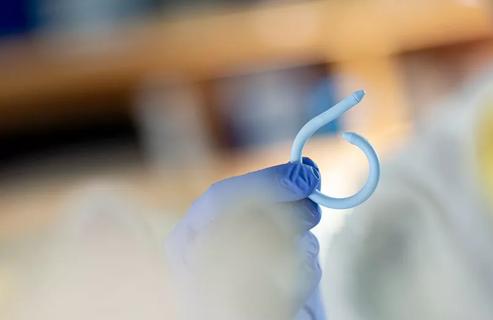
What it could mean for the future of ambulatory monitoring for bladder conditions

Physicians explain findings from a recent study
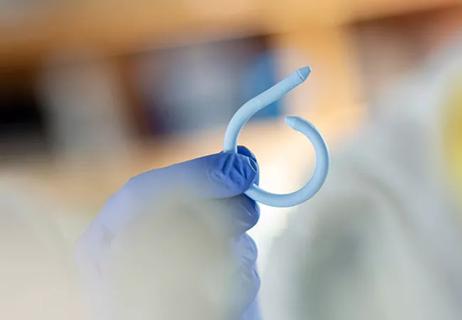
First in-human-trial for diagnostic bladder disorder device
Advertisement
Cleveland Clinic is a non-profit academic medical center. Advertising on our site helps support our mission. We do not endorse non-Cleveland Clinic products or services. Policy
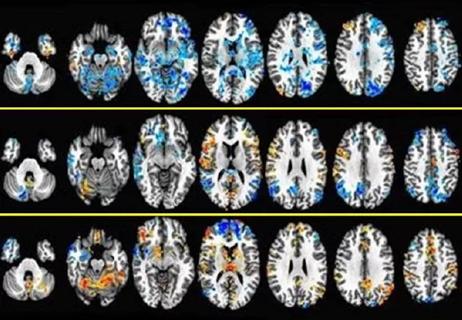
Cleveland Clinic research team uses fMRI to assess real-time brain activity
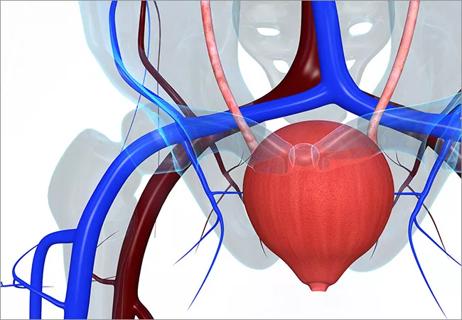
Will new or improved modalities help patients accept more invasive treatment?
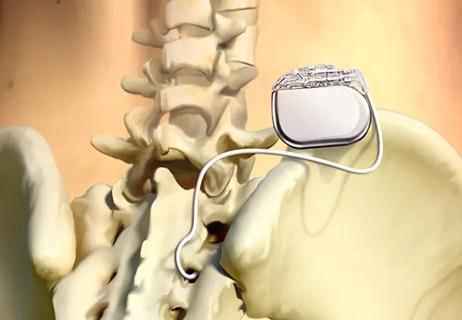
Help for overactive bladder as women age
Advertisement
Advertisement